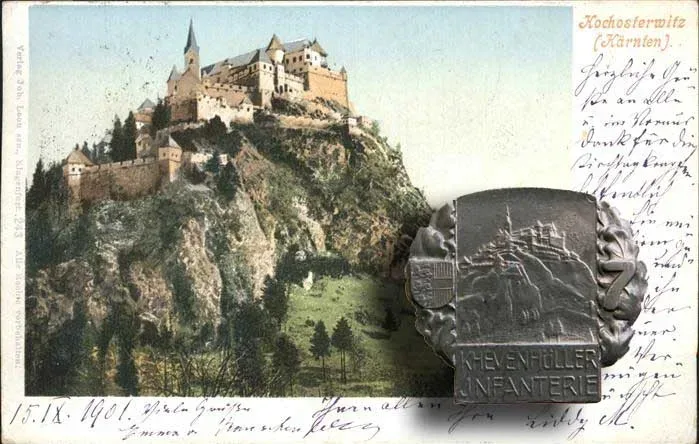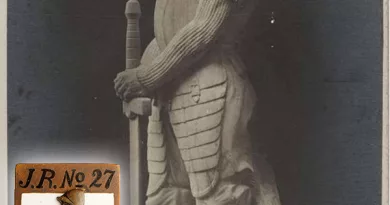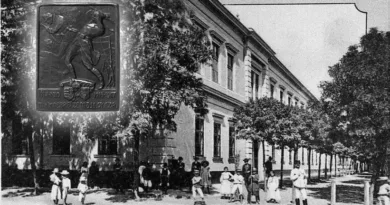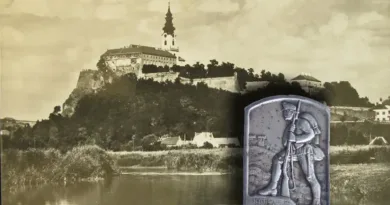Burg Hochosterwitz, KuK 7. Infanterie Regiment “Khevenhüller”
Burg Hochosterwitz has been owned by the Khevenhüller family since 1541. It is located near Launsdorf in Carinthia. It was built on a 175 meter high dolomite rock. On the steep cliff, a 620-meter-long path carved in stone leads to the upper castle. The path is guarded by 14 gates with fortifications. It was essentially impossible to get through these. The first mention of the castle dates from 860. At that time it was only the upper castle’s residential tower, chapel and residential buildings. The fortifications were largely built in the 1500s under the direction of the Khevenhüller family.

The 7th Infantry Regiment was erected in 1691. The name of the regiment’s owner, General Khevenhüller was taken up in 1860. It was a Carinthian regiment, made up of Austrian and Slovenian crews from the region. The regimental headquarters were in Graz, one battalion was stationed in Klagenfurt. The regiment belonged to the 6th Infantry Division of the III Corps. At the beginning of the war, the regiment was deployed in Galicia, during the winter it took part in the protection of the Dukla Pass. After the breakthrough in Gorlice, this regiment was also transferred to the Isonzo front in response to the Italian declaration of war. In the 4th Battle of Isonzo, they took part in the defense of Mt San Michele. In December 1915, the regiment was transferred to Carinthia, where it was responsible for the protection of the Plöcken Pass. In October 1917, it took part in the general attack that successfully broke through Italian defense. In December, the regiment was transferred to the defense of Monte Asolone. During the June 1918 offensive, they took part in defensive battles in the mountains above Belluno.

The badge of the regiment shows a panoramic view of Khevenhüller Castle. To the left is the coat of arms of the province of Carinthia. Everything fits together. The regiment’s owner, the crew, the garrison, all of Carinthia, and the borders of the province were defended for most of the war. The castle is still in the possession of the noble family and can be visited by tourists.





[…] Graz. One of its battalions was stationed in Klagenfurt. I have already written about the regiment here. The Khevenhüller Castle, which can be seen on the postcard attached to the post, was also […]